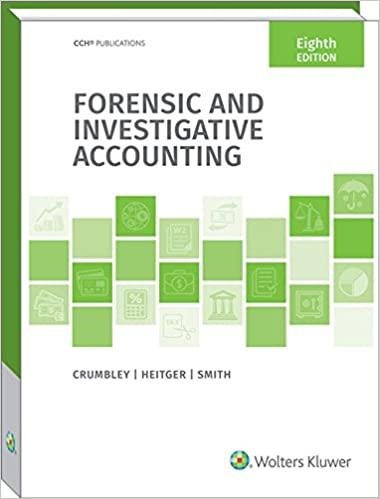The mean cost of domestic airfares in the United States rose to an all-time high of $385 per ticket (Bureau of Transportation Statistics website, November 2, 2012). Airfares were based on the total ticket value, which consisted of the price charged by the airlines plus any additional taxes and fees. Assume domestic airfares are normally distributed with a standard deviation of $110. a. What is the probability that a domestic airfare is $550 or more (to 4 decimals)? b. What is the probability that a domestic airfare is $250 or less (to 4 decimals)? c. What if the probability that a domestic airfore is between $300 and $500 (to 4 decimals)? d. What is the cost for the 3% highest domestic airfares? (rounded to nearest dollar) or - Select your answer Select your answer more Check My Work (1 remaining) The average price for a gallon of gasoline in the United States is $3.75 and in Russia it is $3.38. Assume these averages are the population means in the two countries and that the probability distributions are normally distributed with a standard deviation of $.25 in the United States and a standard deviation of $.20 in Russia. a. What is the probability that a randomly selected gas station in the United States charges less than $3.50 per gallon (to 4 decimals)? b. What percentage of the gas stations in Russia charge less than $3.50 per gallon (to 2 decimals)? % C. What is the probability that a randomly selected gas station in Russia charged more than the mean price in the United States (to 4 decimals)? Television viewing reached a new high when the global information and measurement company reported a mean daily viewing time of 8.35 hours per household. Use a normal probability distribution with a standard deviation of 2.5 hours to answer the following questions about dally television viewing per household. a. What is the probability that a household views television between 5 and 9 hours a day (to 4 decimals)? 6. How many hours of television viewing must a household have in order to be in the top 2% of all television viewing households (to 2 decimals)? hours c. What is the probability that a household views television more than 2 hours a day (to 4 decimals)? The mean cost of domestic airfares in the United States rose to an all-time high of $385 per ticket (Bureau of Transportation Statistics website, November 2, 2012). Airfares were based on the total ticket value, which consisted of the price charged by the airlines plus any additional taxes and fees. Assume domestic airfares are normally distributed with a standard deviation of $110. a. What is the probability that a domestic airfare is $550 or more (to 4 decimals)? b. What is the probability that a domestic airfare is $250 or less (to 4 decimals)? c. What if the probability that a domestic airfore is between $300 and $500 (to 4 decimals)? d. What is the cost for the 3% highest domestic airfares? (rounded to nearest dollar) or - Select your answer Select your answer more Check My Work (1 remaining) The average price for a gallon of gasoline in the United States is $3.75 and in Russia it is $3.38. Assume these averages are the population means in the two countries and that the probability distributions are normally distributed with a standard deviation of $.25 in the United States and a standard deviation of $.20 in Russia. a. What is the probability that a randomly selected gas station in the United States charges less than $3.50 per gallon (to 4 decimals)? b. What percentage of the gas stations in Russia charge less than $3.50 per gallon (to 2 decimals)? % C. What is the probability that a randomly selected gas station in Russia charged more than the mean price in the United States (to 4 decimals)? Television viewing reached a new high when the global information and measurement company reported a mean daily viewing time of 8.35 hours per household. Use a normal probability distribution with a standard deviation of 2.5 hours to answer the following questions about dally television viewing per household. a. What is the probability that a household views television between 5 and 9 hours a day (to 4 decimals)? 6. How many hours of television viewing must a household have in order to be in the top 2% of all television viewing households (to 2 decimals)? hours c. What is the probability that a household views television more than 2 hours a day (to 4 decimals)









